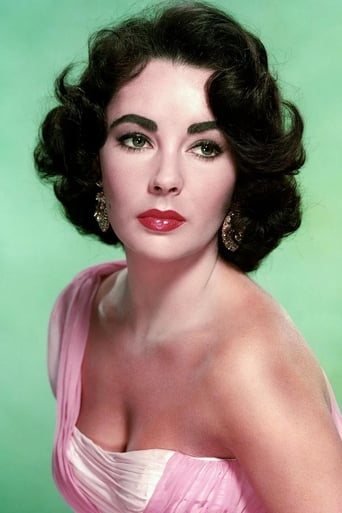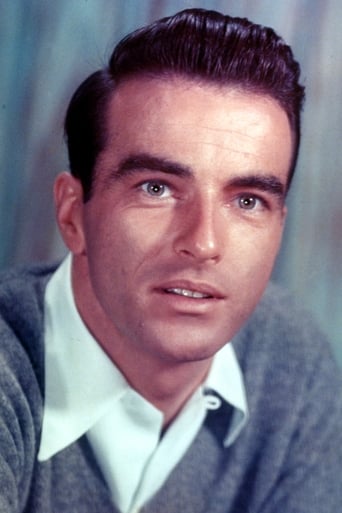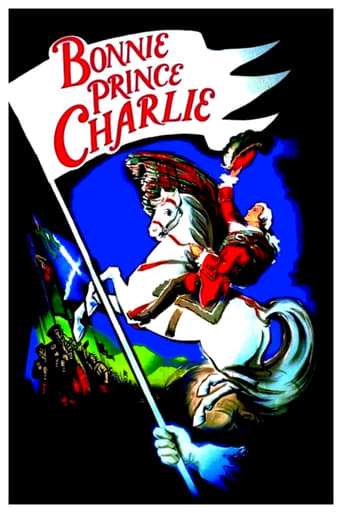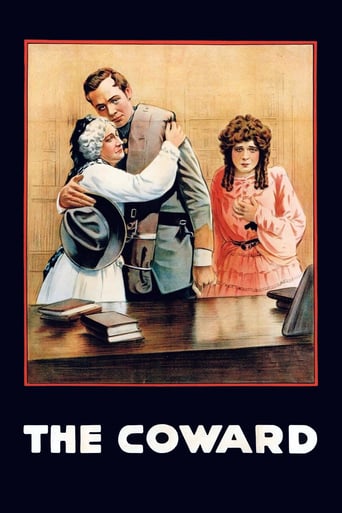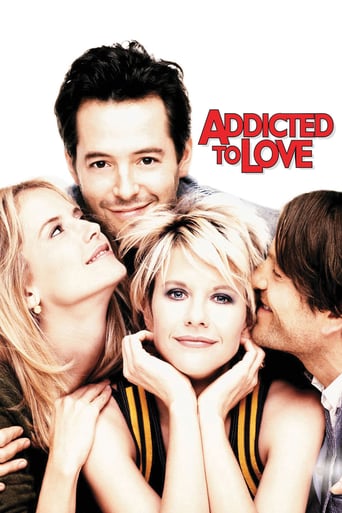
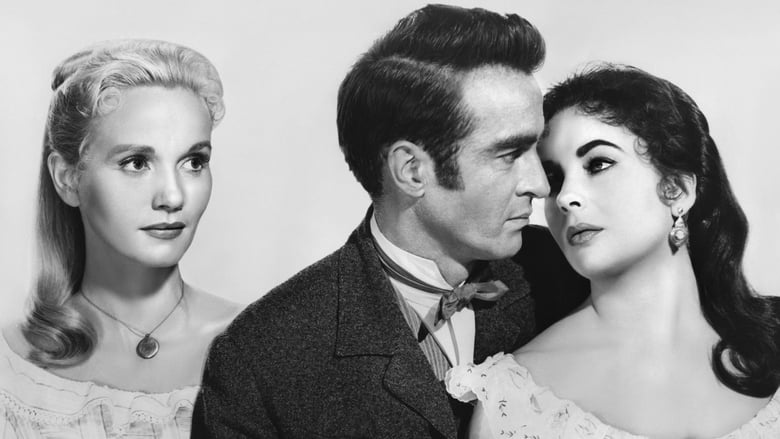
Raintree County (1957)
In 1859, idealist John Wickliff Shawnessey, a resident of Raintree County, Indiana, is distracted from his high school sweetheart Nell Gaither by Susanna Drake, a rich New Orleans girl. This love triangle is further complicated by the American Civil War, and dark family history.
Watch Trailer
Cast
Similar titles
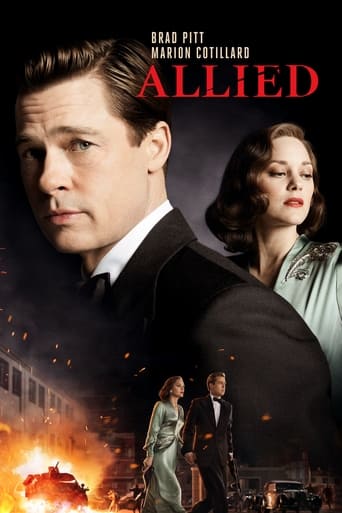

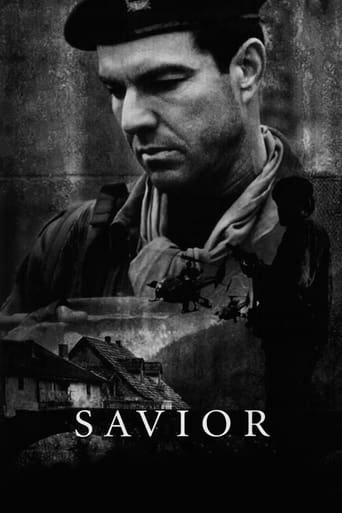
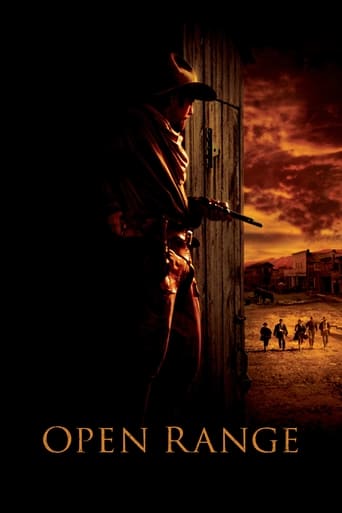
Reviews
The Age of Commercialism
Terrible acting, screenplay and direction.
Perfect cast and a good story
This is one of the few movies I've ever seen where the whole audience broke into spontaneous, loud applause a third of the way in.
This soap opera really sprawls over the years before and after the Civil War. Montgomery Clift is a quiet homegrown college graduate in mutual love with pretty young Eva Marie Saint. They seem fated for each other. They'll probably be married, raise a number of surviving children, and live in a white two-story house on the outskirts of Fairhaven in Raintree County, Indiana. But then, the luscious Southern belle, Elizabeth Taylor, visits Fairhaven. She and Clift fall in love forever after.But dark Elizabeth is Veronica to Saint's blond Betty. Or is it the other way around? No matter. Anyway they have contrasting personalities: the intensely passionate Taylor and the winsome and innocent Saint. Saint, for instance, would never dream of putting out for handsome, intelligent, and sensitive Monty, whereas Taylor does so on their second or third date and then LIES to him about having gotten pregnant. He doesn't mind one way or the other, besotted as he is.I don't know whether it's worthwhile trying to get through the plot. It's probably been done elsewhere, and I'm too tired to trace the trips, the outbursts of anger and guilt, Sherman's march through Georgia, and the finale, which no power on earth could force me to reveal. Much of it has to do with the fear of having a touch of the tar brush in one's blood.But I must say, New Orleans is given rather a bad rap as a representative Southern city. It wasn't like any of the others. It had an animated and rich multi-ethnic heritage at the time -- American, French, Spanish, Caribbean, and African. Edgar Degas visited French relatives there late in the '19th century. Slaves of course but not nearly as brutal a system as elsewhere. William Tecumseh Sherman taught at Louisiana State Seminary of Learning & Military Academy, later to become Louisiana State University.Others have claimed that it was easy to tell the difference between pre- and post-accident scenes of Montgomery Clift but I couldn't. As for the accident, Clift was doing booze and other substances to excess on a daily basis during the shooting. I mean, eating steaks he'd spilled on the floor and so on. After an evening at Liz Taylor's manse perched on a hill, he drove drunkenly down the winding road and didn't quite make it.Neither the accident nor the booze seemed to interfere with his acting, although the part of the pathetic loner in "A Place in the Sun" suited him better than the idealist he's forced to portray here. Elizabeth Taylor is blindingly beautiful. Many of her films cast her has a frustrated nut job. Eva Marie Saint has the more sympathetic role as the unspectacular girl from home who never manages to shrug off her love for Clift.It's long. It has an overture and even an entr'acte, evocative photography by Robert Surtees, and a lushly orchestrated but fulsome score by Johnny Green. It's no "Gone With the Wind," though, partly because it substitutes anguish for laughs.
Considering the cast and that it is thought as having similarities with Gone With the Wind, Raintree County really did have potential to be a great film. Unfortunately, while it is as bad as some have said it to be it was one of those films with undeniably great things but missed the mark. Raintree County is a wonderful-looking film, the photography has that epic sweep and the costumes and sets are sumptuous and colourful(just look at Elizabeth Taylor's gowns here). Johnny Green's score is hauntingly beautiful with a discordant quality in the darker parts(like the scene in the burnt-out mansion) and a welcome degree of orchestral schmaltz in the strings without over-powering in any way. The song sung by Nat King Cole is highly emotive and Cole gives it even more of an emotional quality. Elizabeth Taylor really does smoulder here and gives some of her finest screen work, giving a very unsympathetic character a good amount of colour. The supporting cast fare well too mostly, Lee Marvin and Neil Patrick especially who look as though they're thoroughly enjoying themselves and steal every scene they feature in. Rod Taylor is fine too. However, Montgomery Clift is too wooden and stoic and spends about half the film looking on edge, understandably admittedly though due to his near-death experience. Eva Marie Saint had a very underwritten character and poor dialogue to work with but she doesn't succeed in bringing charm or colour to the role and instead comes across as bland and annoying. Agnes Moorhead is quite good but has very little to do considering her calibre. Raintree County is one of those films where it's beautiful and glossy on the surface but under it it's underwhelming. The script is rather leaden in flow with some very clumsy dialogue(especially Saint's and some of Taylor's, the more insane Taylor gets the more uncomfortably over-heated the film gets too). Few of the characters are interesting, Susanna is a colourful character but Nell is both grating and underwritten(like the other woman from hell but in an over-familiar way) and Johnny is even blander and too overly-idealistic, almost at times too perfect as well. The story could have done a much better job with the complex, ahead-of-its-time issues and themes- with better dialogue and characterisation-(Giant also had even more daring issues and themes and incorporated them much more compellingly) and crawls limply along with a particularly long-winded and dramatically passionless first 45 minutes and a lot of overlong padding throughout the film, making the already long length seem longer. This viewer does not have a problem with long lengths or slow pacing, films and TV series have worked with both, but it is highly dependent on how the quality of the writing is which was for me and a lot of others where Raintree County fell short. The direction is rich in spectacle but with not much enthusiasm elsewhere. In conclusion, wonderful-looking but dull, a case of (no meanness intended) the off-screen drama- Clift's car accident/near death experience- being more absorbing than the film itself. The masterpiece that is Gone With the Wind(as this has been compared to) Raintree County is not. 5/10 Bethany Cox
To make "Raintree County,"-the " Great American novel", according to one of my Lit profs some 44 years ago- into a movie was just too much at the time. One must read the book and compare. Having been raised less than 40 miles from the real location, (not the locations where it was filmed), I love and appreciate the novel, and I really do like the movie. The book shows John Shawnessy as literally part of that land, but that does not transfer onto the screen. Such things happen a lot with really good books that get hacked up for the movie- like Hemingway's "Farewell To Arms." Still, it tries hard to capture the symbolism of the raintree, and by the way, the swamp did exist in the 1860's, though now it is just rich Indiana farmland.I give the movie the best review I can: I watch it every time it is on (I first saw the film late at night, in black and white, on TV). It gets an A for the attempt, a B+ for the results. I am fine with the casting and the acting: after all, it was Hollywood, 1957. Last words: Get the book and read it, and you decide if it is indeed "The Great American Novel."
I Just wanted to add that the title ballad was sung by Nat King Cole, not Johnny Mathis - a minor correction perhaps. While the pacing did seem slow since all viewers are expecting the Civil War to break out since the movie opens with "1859" emblazoned on the screen, the latter part of the film is well paced. The civil war footage itself seems, surprisingly, spare and small in scale at the very best. Still, the film packs a powerful story-line and addressing the issue of mental illness as a core element in a lavish, color "big screen" spectacular is unusual for the time and I'm glad that I saw it. Eva Marie Saint's understated style contrasts perfectly with Elizabeth Taylor's pulsating dramatic flair.
